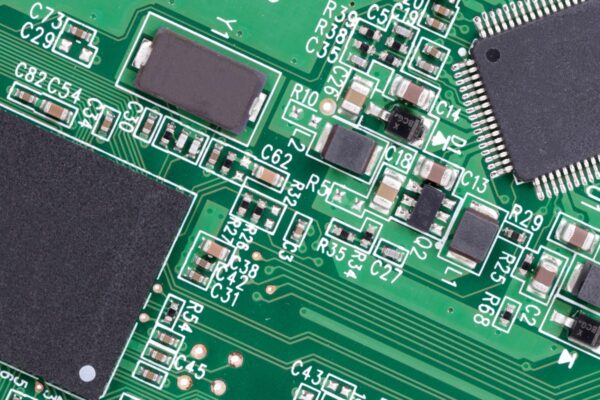What is Interstitial Via Hole
An interstitial via hole (IVH), or inner via hole, is a type of via hole used in multilayer PCBs. Unlike traditional through-holes that extend fully through all layers of the PCB, IVHs are embedded plated through-holes that connect two or more inner conductor layers without penetrating the entire board. IVHs are commonly employed in PCB designs when there is limited space or when a connection does not need to extend throughout the entire PCB.
IVHs can be further classified into Blind Via Holes (BVH) and Buried Via Holes (BVH). Blind Via Holes penetrate from the surface to an inner layer of the substrate, while Buried Via Holes connect inner layers without reaching the surface. These variations allow for more flexibility in routing and optimizing space within the PCB.
The manufacturing process for PCBs with blind or buried vias differs from standard PCB production. Additional holes are drilled to connect specific layers in a four-layer board for blind vias, while buried vias involve drilling holes through the layers and plating each core. The plating of buried vias results in copper deposition on the specific layer surface, which needs to be considered when determining the minimum permissible path thickness.





